I conduct research and provide critical analysis on human security, and development issues.
Uyo, Nigeria
OKRIKA HAS BEEN SAVING LIVES SINCE THE 1950s
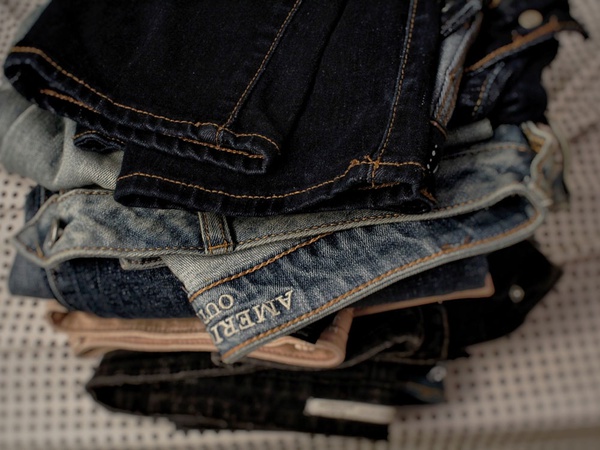
<span class="html-content"><p><span class="html-content"></span></p><p>Most times I do ask myself how Nigerians, including myself would have coped without okrika? How would have the common man in Nigeria managed to cover his nakedness if peradventure there were no Okrika clothes, belts, shoes, caps, hats amongst other wears. Of course, the result would have been uninteresting and on the other hand ridiculous as we probably would have had situations where people normalise walking through the streets, roads and markets naked and bare footed. </p><p></p>
<p></p><p>Okrika is a term that refers to 'used' or 'second-hand' clothes in Nigeria. As a term, 'okrika' is derived from a small port town in Rivers State known as Okrika where all second-hand clothes were shipped to and sold to the locals. Interestingly, the origin of okrika clothes in Nigeria can be traced to the 1950s, when Okrika was the only port through which clothes (used) were shipped down to Nigeria from Europe. During this time, okrika clothes were said to be in high demand based on the fact that locally manufactured clothes in Nigeria were not only ery expensive for people to purchase but also were allegedly lacked durability.</p><p></p>
<p></p><p>One thing about Okrika wears is that they are not selective and thus, are attractive to both the rich and poor. However, despite the fact that often times, it is believed that okrika clothes are meant for the poor, needy and those without sophistication and class, the "sought -after" commodity also receives a greater number of patronage from the rich. </p><p></p>
<p></p><p>In Nigeria, okrika business is done by men and women, young and old. It usually comes in different grades namely: grade one (comprising very clean and durable used clothes) and last grade (comprising leftover clothes that do not look appealing to buyers). It is a very competitive and profitable business that helps people to gain easy access to clothings. Today, okrika clothes and wearables can be found in all parts of the country both rural and and urban and in these diverse areas, it is known by different names and for different things. For instance, while it is known as "bend down select" in some parts of the country, it is equally known as "bo si corner" "Belgium" "Tokumba"amongst others. </p><p></p>
<p></p><p>These names are ascribed to okrika clothes in Nigeria based on the fact that first, :most sellers display their clothes on the ground and in a bid to take a close look at them, buyers bend down to select their choice of clothes amongst others and second, a greater number of customers are very ashamed to put on the clothes on the open to avoid been seen by the public. Instead, they prefer going through the corners so that no one would seen them. </p><p></p>
<p></p><p>Overall, it is important to say that inasmuch as Nigerians enjoy the usage of these clothings, it is rather unfortunate that they patronize it more than the local fabrics and clothings made in Nigeria. Could this still be part of the consequences of colonialism on African minds or is just an aberration of a distracted or dislodged human thoughts buried in confusion and hopelessness? </p><p>It better be one or both of these options otherwise I do not see any justifiable reason why Nigerians should be happy and fulfilled wearing and firmly patronisimg 'used' and most times 'worn out' clothes imported from far away United Kingdom, United States amongst other European countries! </p><p>But wait a minute, who did this to us?</p><p></p>
<p></p><p><br></p>
<p></p>
</span>
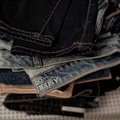

OKRIKA HAS BEEN SAVING LIVES SINCE THE 1950s
By
 Ugochukwu Asiogu
•
3 plays
Ugochukwu Asiogu
•
3 plays
 Ugochukwu Asiogu
•
3 plays
Ugochukwu Asiogu
•
3 plays
0:00 /
0:00
Other insights from Ugochukwu Asiogu
Referral Earning
Points-to-Coupons
Insights for you.




 1174
1174










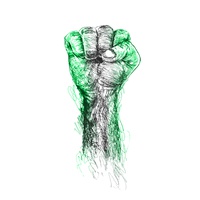
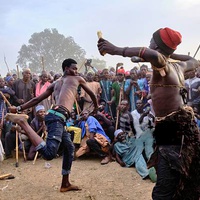
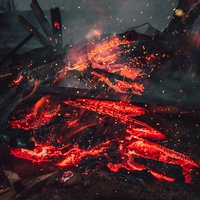

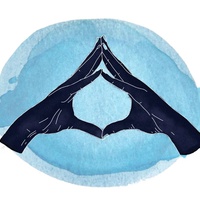
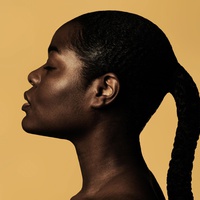
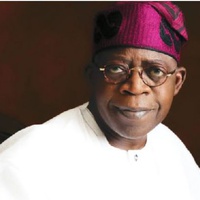

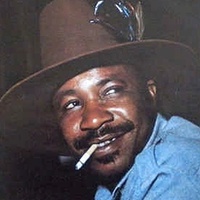
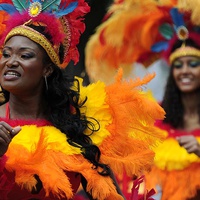



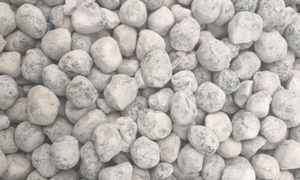

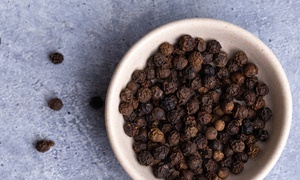
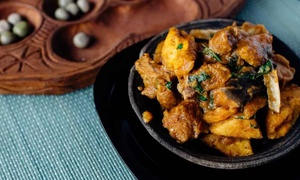
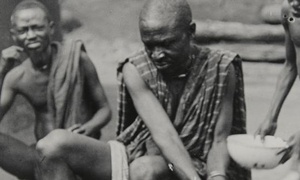

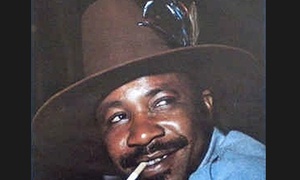

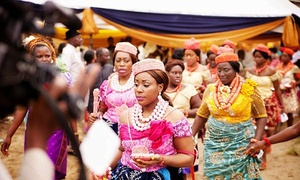

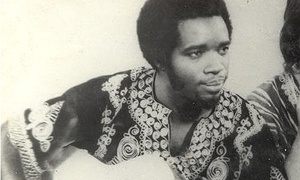





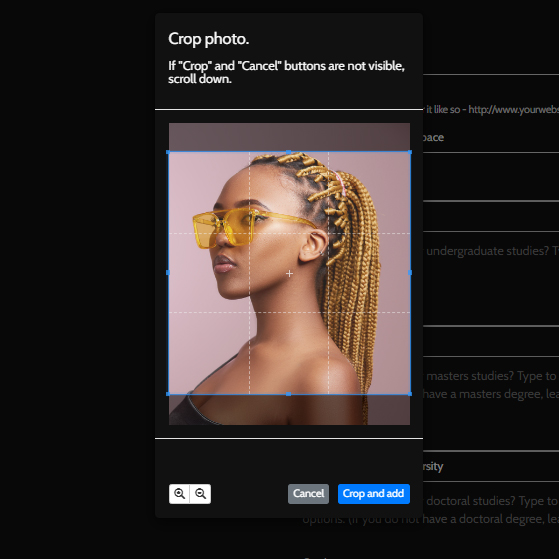
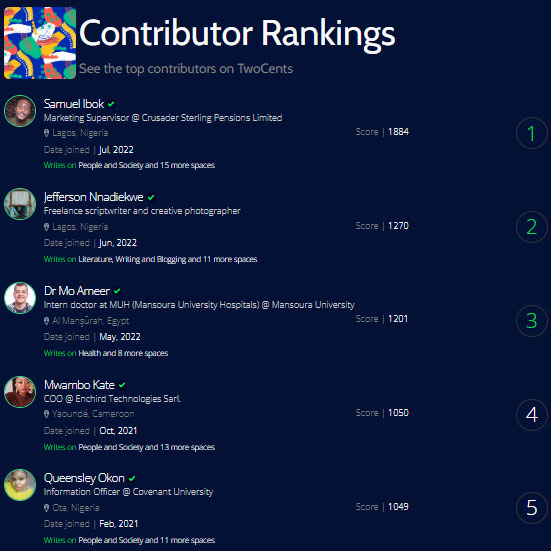




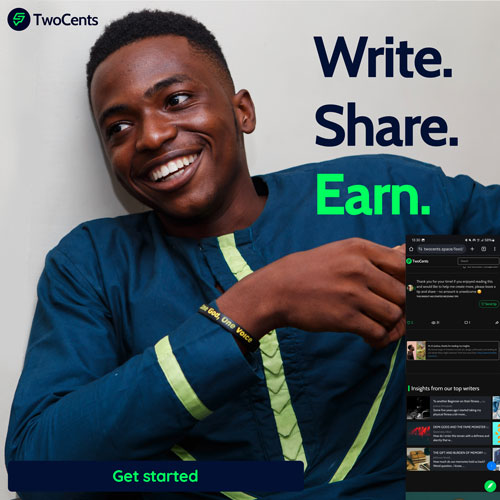
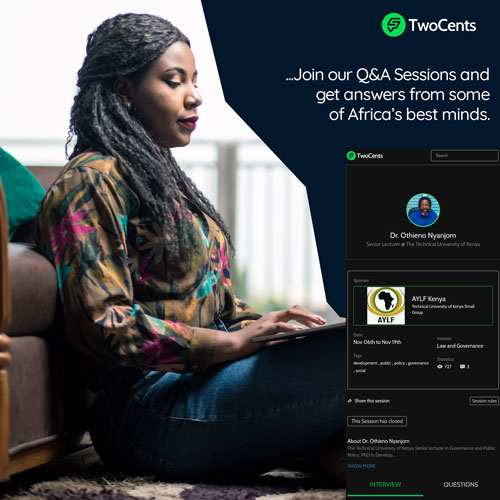
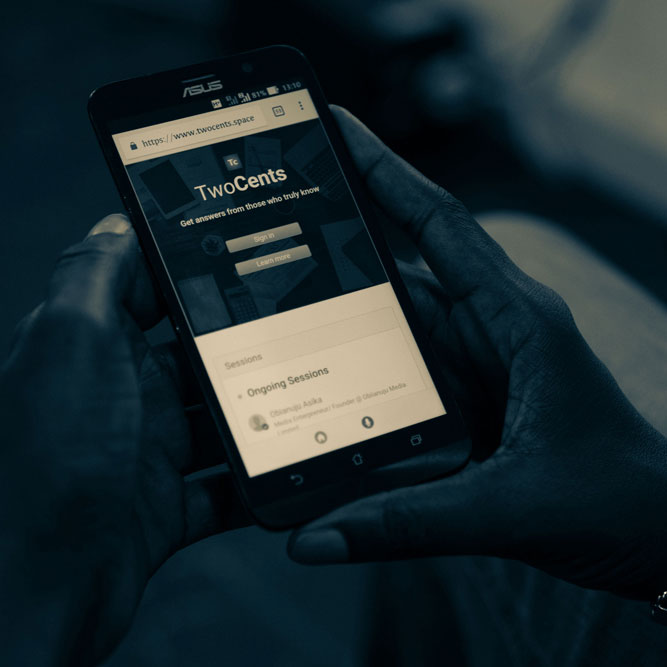


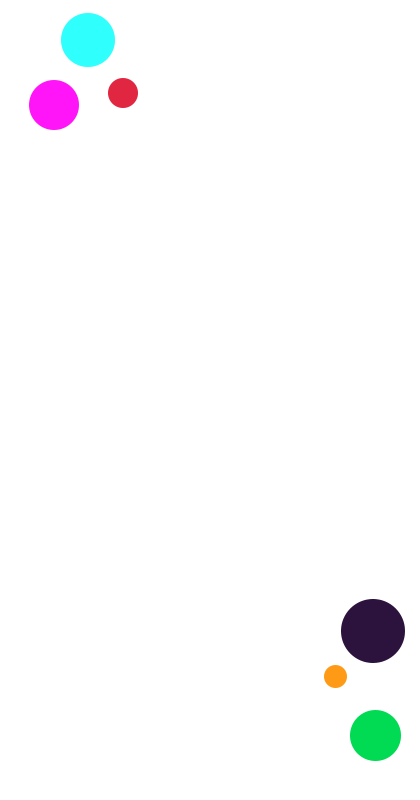









Comments